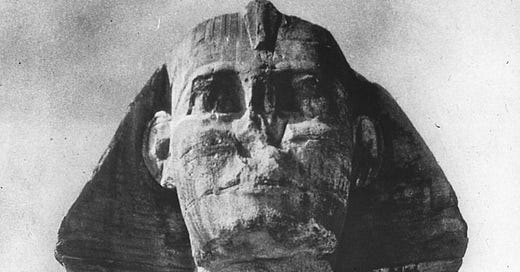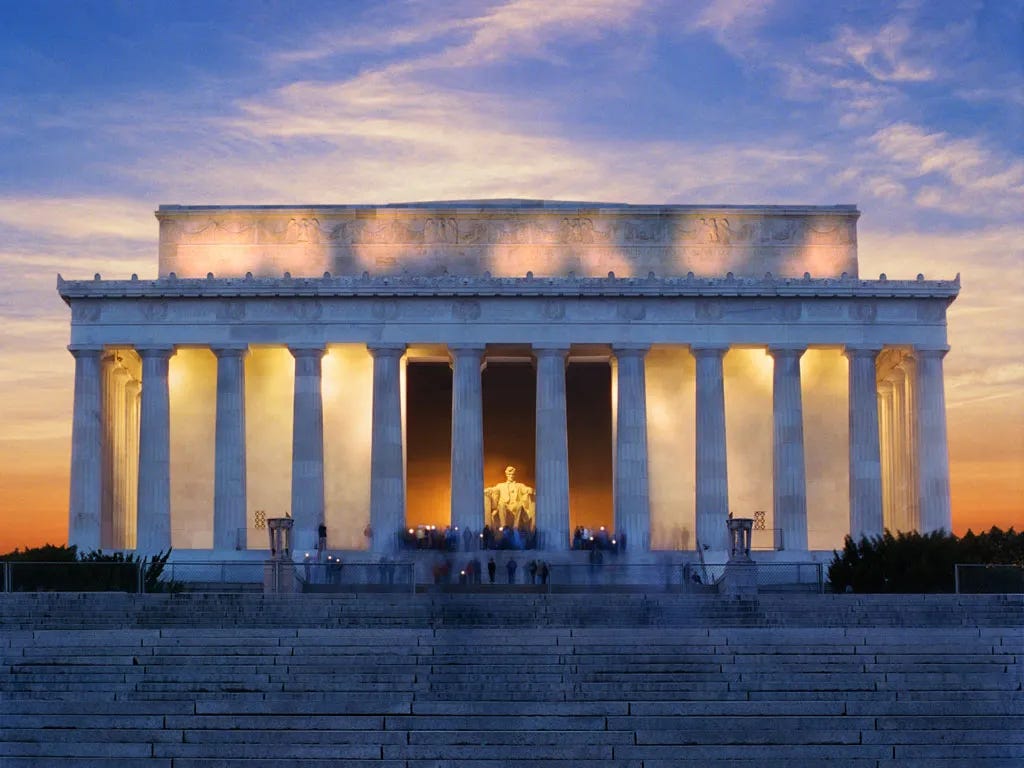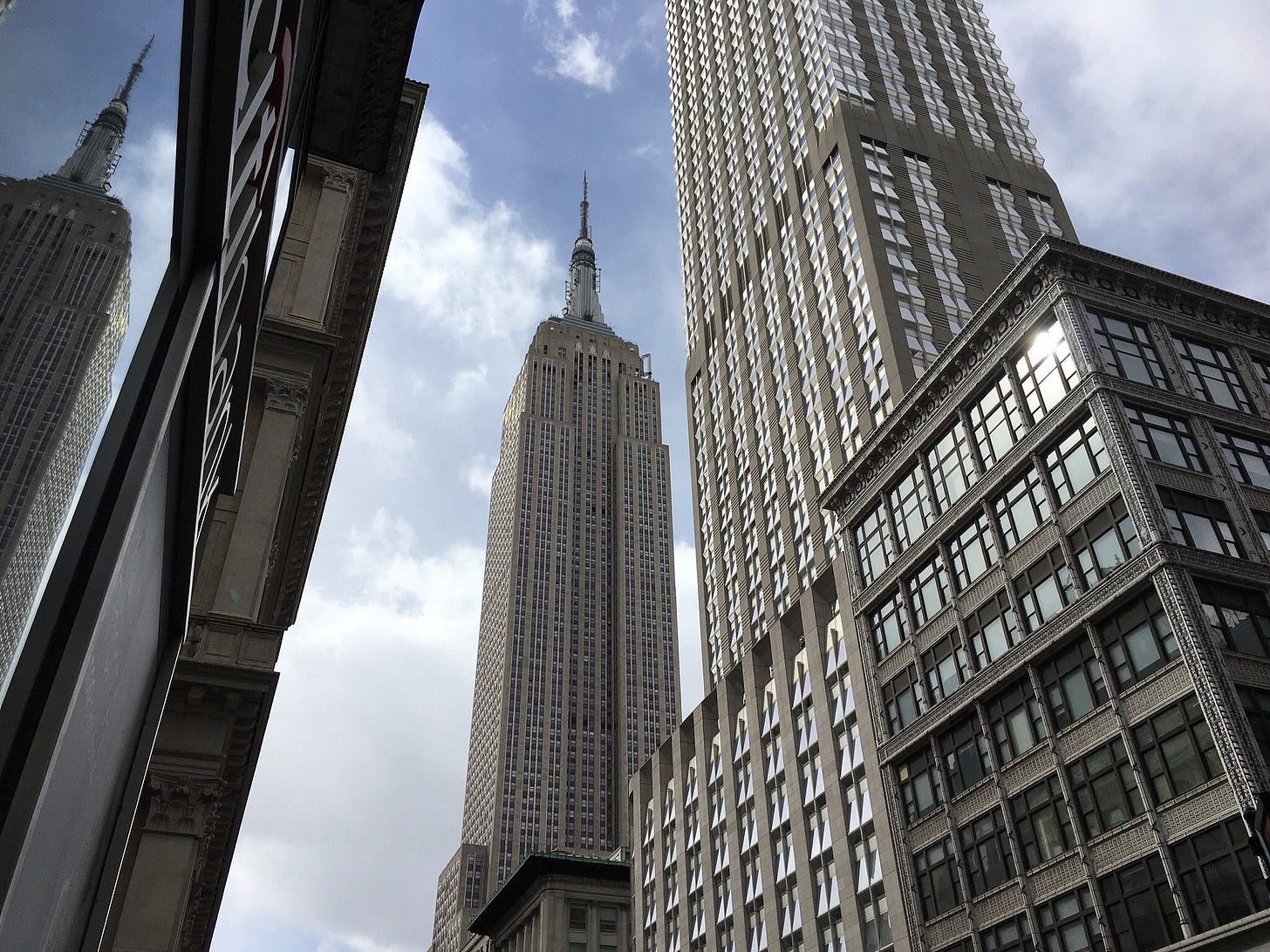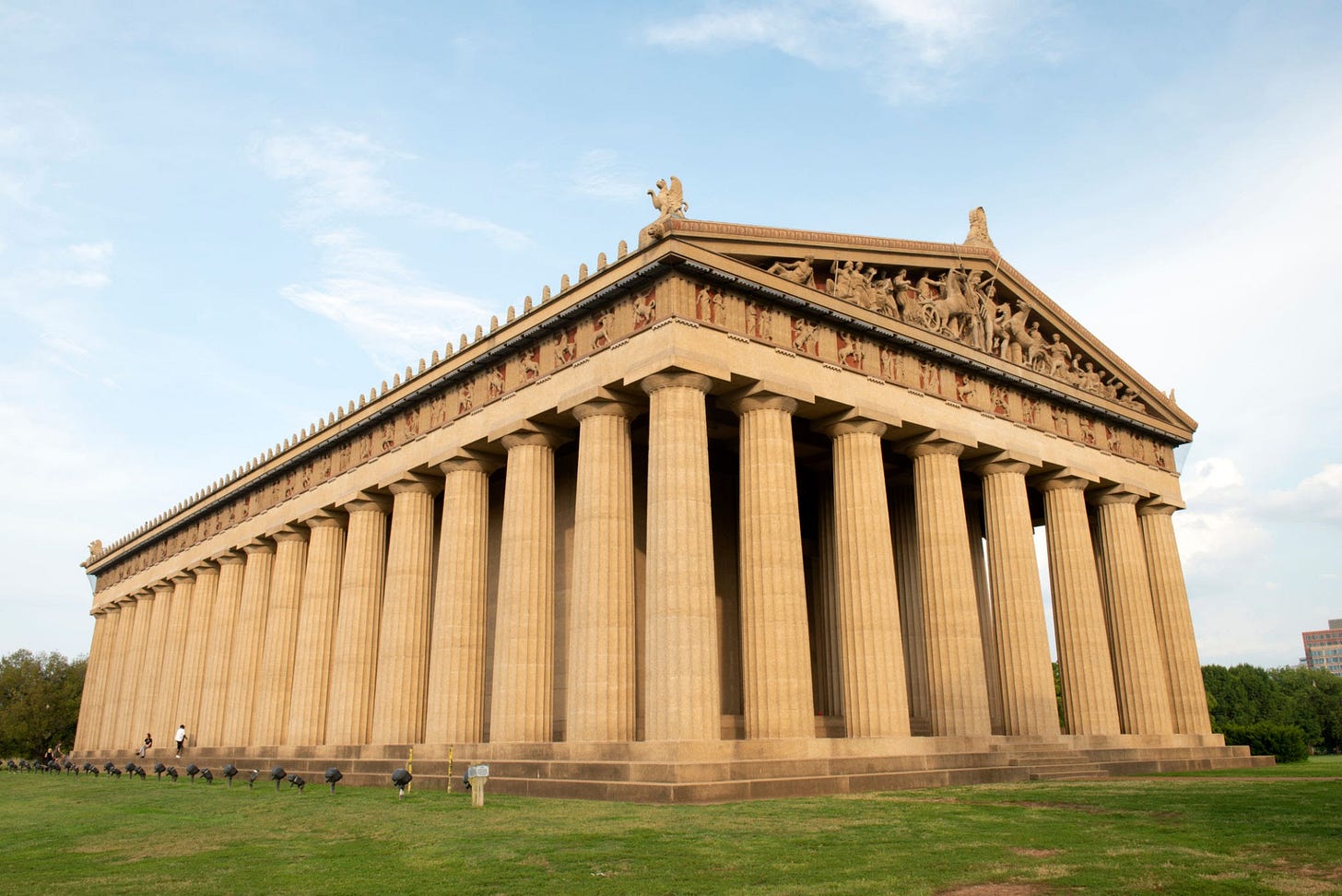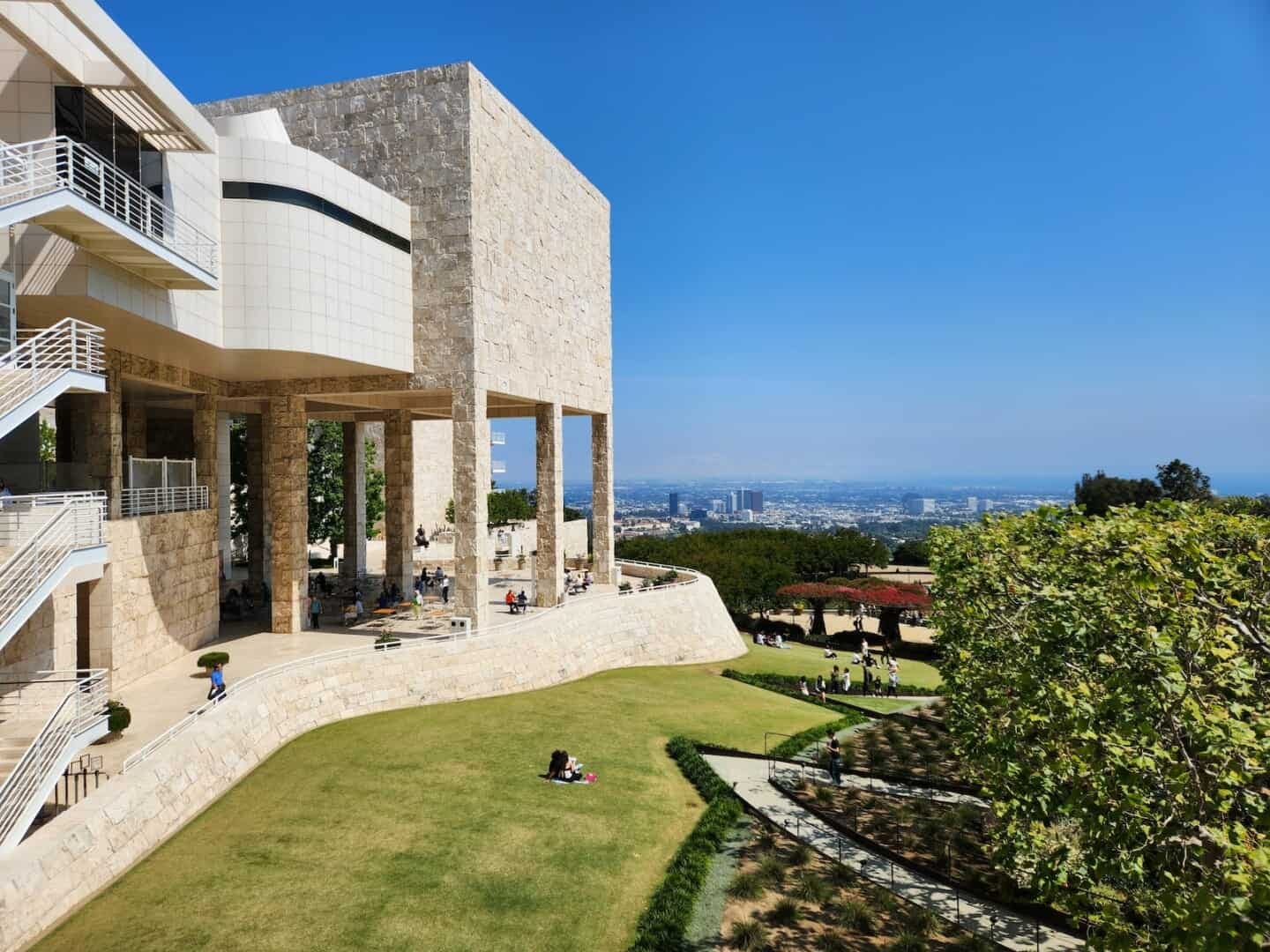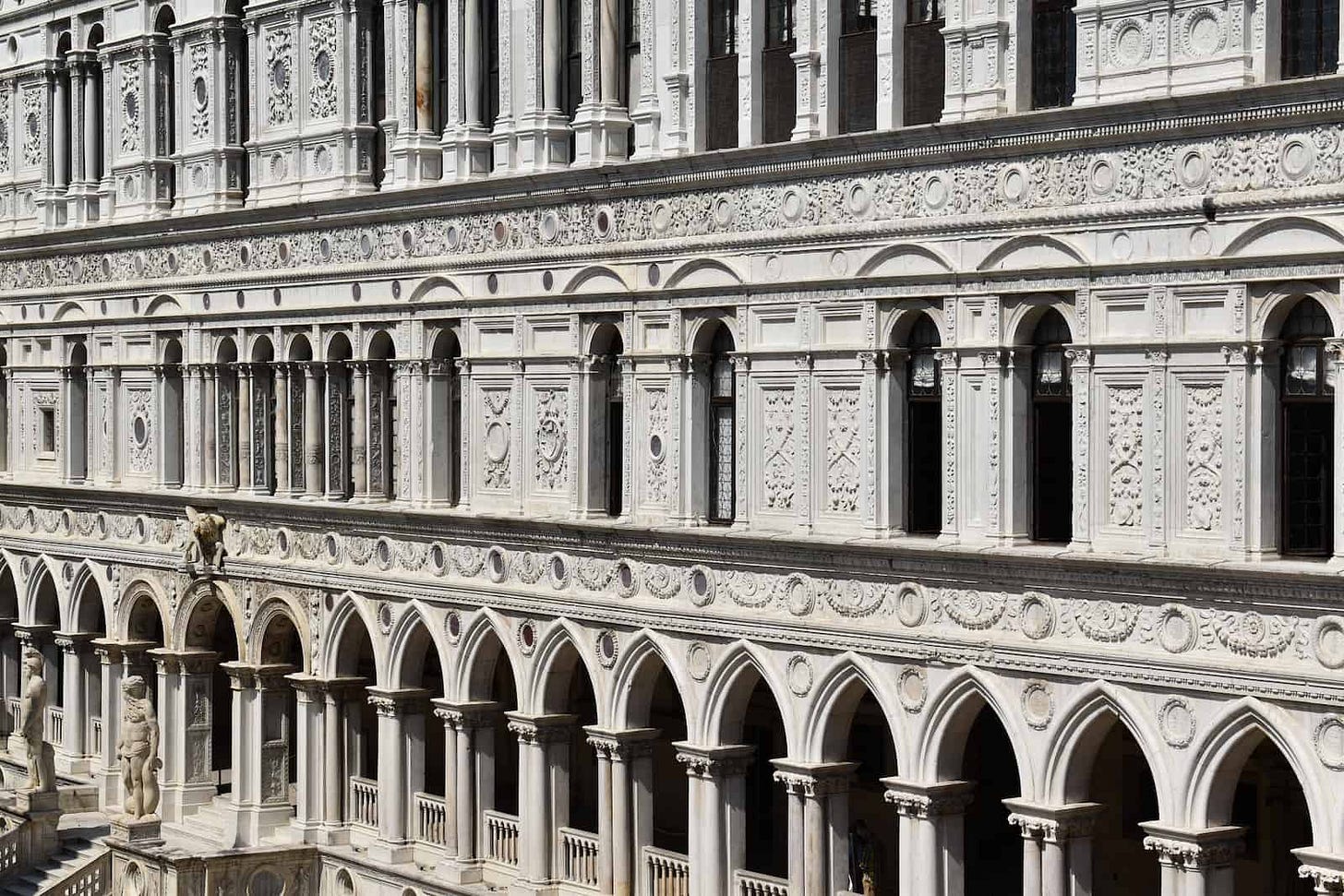Media Deprivation Journal, Day 5
Today I’ve been thinking about paradox. I’m trying to capture what I’m feeling, and the closest I can get is ‘witnessing.’ It’s mixture of futility and something else, call it life force — what acknowledges futility but doesn’t give up.
—
I just learned that our limestone monuments are made of the remains of ancient coral, plankton, shellfish. Perhaps this explains the sadness of cathedrals: when we feel that poignant jolt as the sun glints off the facade, that jolt somewhere between thrill and embarrassment, pride and humility; observing at the grandeur of our culture, we also observe the remains of ancient oceans. Surely we must feel some echo in the minerals of our bodies; something within us must be there to answer.
Likewise, our songs contain the remains of ancient stories, encoded with fossils of structure, rhyme, sound. We thrill to the same pleasures trained at the dawn of language.
Oil and gas, of course, the engines of the Industrial Revolution and the energy sources which has accelerated the terraforming our planet — of course fossils fuels are composed of the stone-metamorphosed remains of ancient life. Hydroelectric harnesses the energy of gravity and tides, propelling water, and solar power is collected from our star.
Thinking about paradox has me hunting for this passage about Max Planck.
Max Planck, considering the lessons of quantum physics, reacted with both precision and poetry when he concluded, “Science cannot solve the ultimate mystery of nature, [because] we ourselves are part of nature and therefore part of the mystery we are trying to solve.”
In ‘God, Human, Animal, Machine’, Megan O’Gieblyn relates this story:
“Bohr himself was not afraid of self-contradiction: one of his favorite subjects was “paradox,” a concept he believed lay at the very heart of quantum physics. He was famous for uttering apothegms that have proved immensely quotable. “You are not thinking, you are just being logical,” he often told colleagues. Once, after a lecture by a younger physicist, he affirmed that everyone agreed the young man’s theory was crazy. “The question,” he said, “…is whether or not it is crazy enough to have a chance of being correct.” Bohr believed that whenever we encountered a paradox, it was a sign that we were hitting on something true and real. This was because of the fundamental disconnect between reality and the mind—a disjuncture that the bizarre quantum world made abundantly clear: objects could be in two places at once, or could become entangled in such a way that they affected one another even when they were light-years apart. We as humans could not properly think about this world, or speak of it in a coherent way. In order to do science, we had to translate these quantum phenomena into the language of classical physics—referring to cause and effect, space and time—accepting even as we did so that this language was necessarily metaphoric and anthropocentric. “Physics is not about how the world is,” he once said, “it is about what we can say about the world.”
Can the disconnect between reality and our perception be expressed through metamorphosis?
Can metamorphosis be described as an attempt to resolve paradox?
They certainly bridge this disconnect in religion. O’Gieblyn returns to Bohr:
Although Bohr was not religious, he once pointed out that paradoxes were a fixture of religious parables and koans because seemingly contradictory statements were needed to breach the gulf between the human and the spiritual realms. “The fact that religions through the ages have spoken in images, parables, and paradoxes means simply that there are no other ways of grasping the reality to which they refer,” he said.
Embodied Simulation is about shapeshifting (I’ve written about this in earlier posts, about Metamorphosis and Portals, alongside the Caves and sanctuaries, where shapeshifting may be more likely to happen). It’s also about the paradox of being human, made up of many other organisms, a part of larger planetary system so integrated it is best expressed as a single, whole living organism; yet we have individual self-awareness, such that we feel like disconnected independent thought-makers, who happen to inhabit this single particular space and time.
This is one of those things that always feels new, but also like it's been there a long time. I’ve been journaling about the Catholic notion of the Trinity, and especially about the Holy Spirit, which was never very well explained, yet possibly the most profound concept in Catholic theology.
The Holy Spirit is the shapeshifter, the visitor, the trickster, the dove, the rays of light, the Higher Power that permeates all things.
In spiritual-not-religious terms: the Trinity comprises the Creator, the Individual (god-made-human), and the Life Force, or Collective goodwill.
Referring back to GHAM, I remember this is where I learned the term hypostatic union, something I’d believed in my childhood but never understood. It’s interesting to re-engage it now in terms of paradox, shapeshifting and (below) quantum theory:
Christ himself was a master of contradiction, arguing that weakness was a form of strength, that life could be achieved through death, that wealth could be found by giving away one’s possessions. In fact there was something weirdly quantum in the very notion of incarnation. What else was the hypostatic union—his being simultaneously God and man—but a kind of duality? He too was fond of reflexive mind games, turning questions back onto the questioner. When his disciples asked whether he was the son of God, he answered, “Who do you say I am?” as though the faith of the observer determined whether he was human or divine.
I have to go a little Lewis Hyde here, and drop in the Trickster — in every myth, there must be a character that shows the fabric, that deconstructs the very backdrop it stands inside. “I want to argue a paradox that the myth asserts:” he writes, “that the origins, liveliness, and durability of cultures require that there be space for figures whose function is to uncover and disrupt the very things that cultures are based on.”
Continuing, he describes a relationship between art and tricksterism… they are not the same, both rub up against each other in interesting ways, and call out to similar, yet difficult-to-pin-down, parts of us:
My own position, in any event, is not that the artists I write about are tricksters but that there are moments when the practice of art and this myth coincide. I work by juxtaposition, holding the trickster stories up against specific cases of the imagination in action, hoping that each might illuminate the other. If the method works, it is not because I have uncovered the true story behind a particular work of art but more simply that the coincidences are fruitful, making us think and see again. Such goals are in keeping with trickster’s spirit, for he is the archetype who attacks all archetypes. He is the character in myth who threatens to take the myth apart. He is an “eternal state of mind” that is suspicious of all eternals, dragging them from their heavenly preserves to see how they fare down here in this time-haunted world.
Stopping this for today, Joel has a new Artbreeder tool for us to test out! Tomorrow: Silvia Federici and re-enchantment.
I realize I didn’t include any pictures yesterday, so I’m including some extra today, enjoy.

